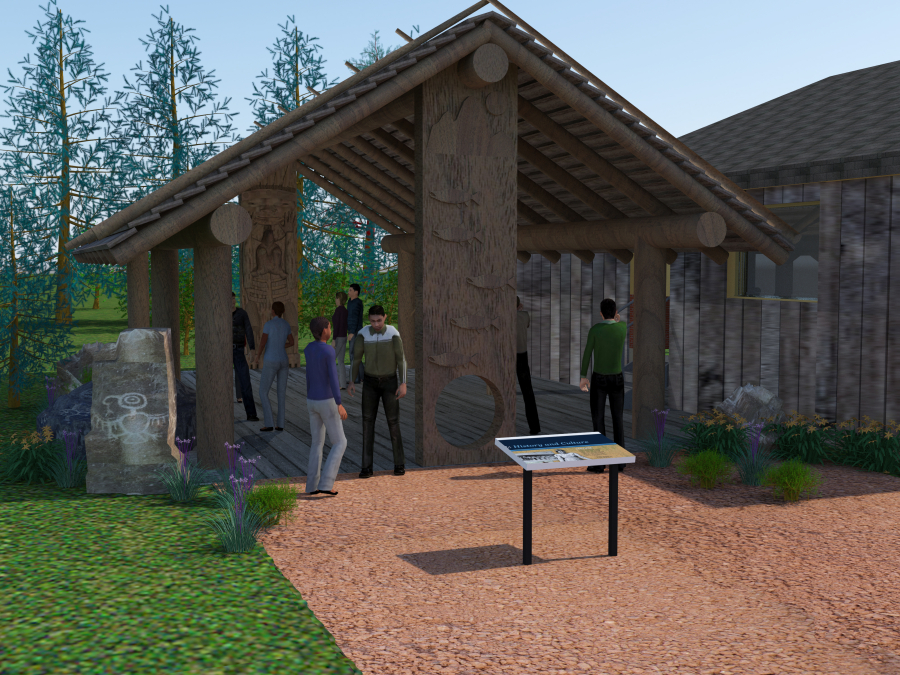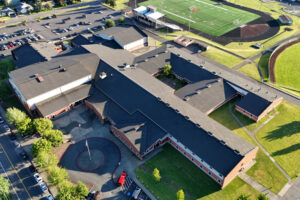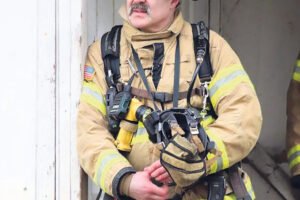Washougal’s newest community gathering space will celebrate the area’s rich Native American Indian history.
The Camas-Washougal Historical Society (CWHS) is fundraising to build “The Gathering Place at Washuxwal,” an open pavilion on the south side of the group’s Two Rivers Heritage Museum, near the Pendleton mill in Washougal.
With a design based on the traditional cedar plank houses used by Native American tribes who called the Columbia River area home, and wood carvings crafted by a Native American artist, the pavilion will pay homage to this area’s indigenous heritage.
“This project started about two years ago,” explains CWHS President Jim Cobb. “The museum had a landscape architect come to give ideas for improving the grounds, and one of the things he suggested was having a pole building for meetings and gatherings.”
At the same time, Cobb says, CWHS members had been trying to increase the museum’s collection of Native American artifacts.




